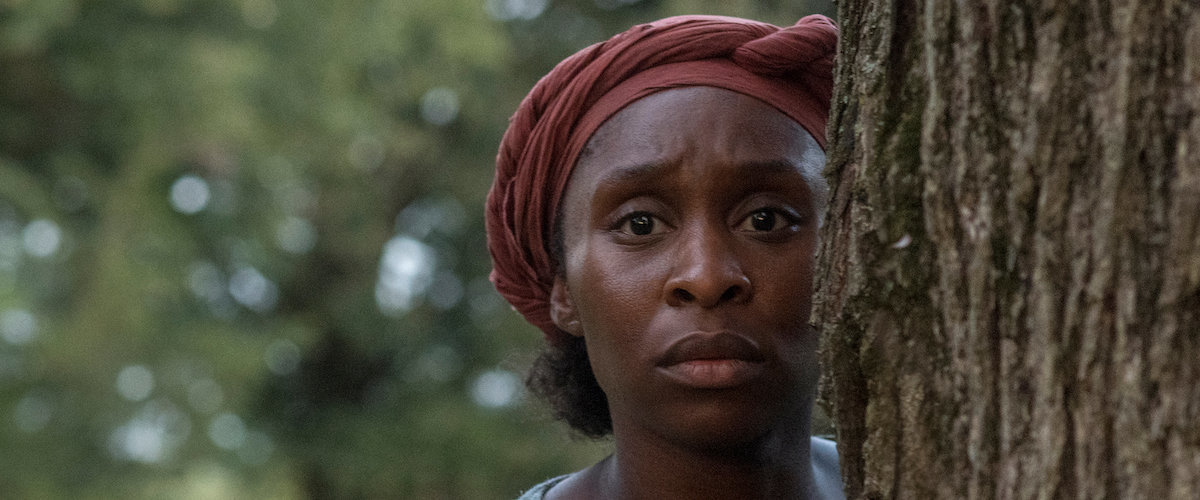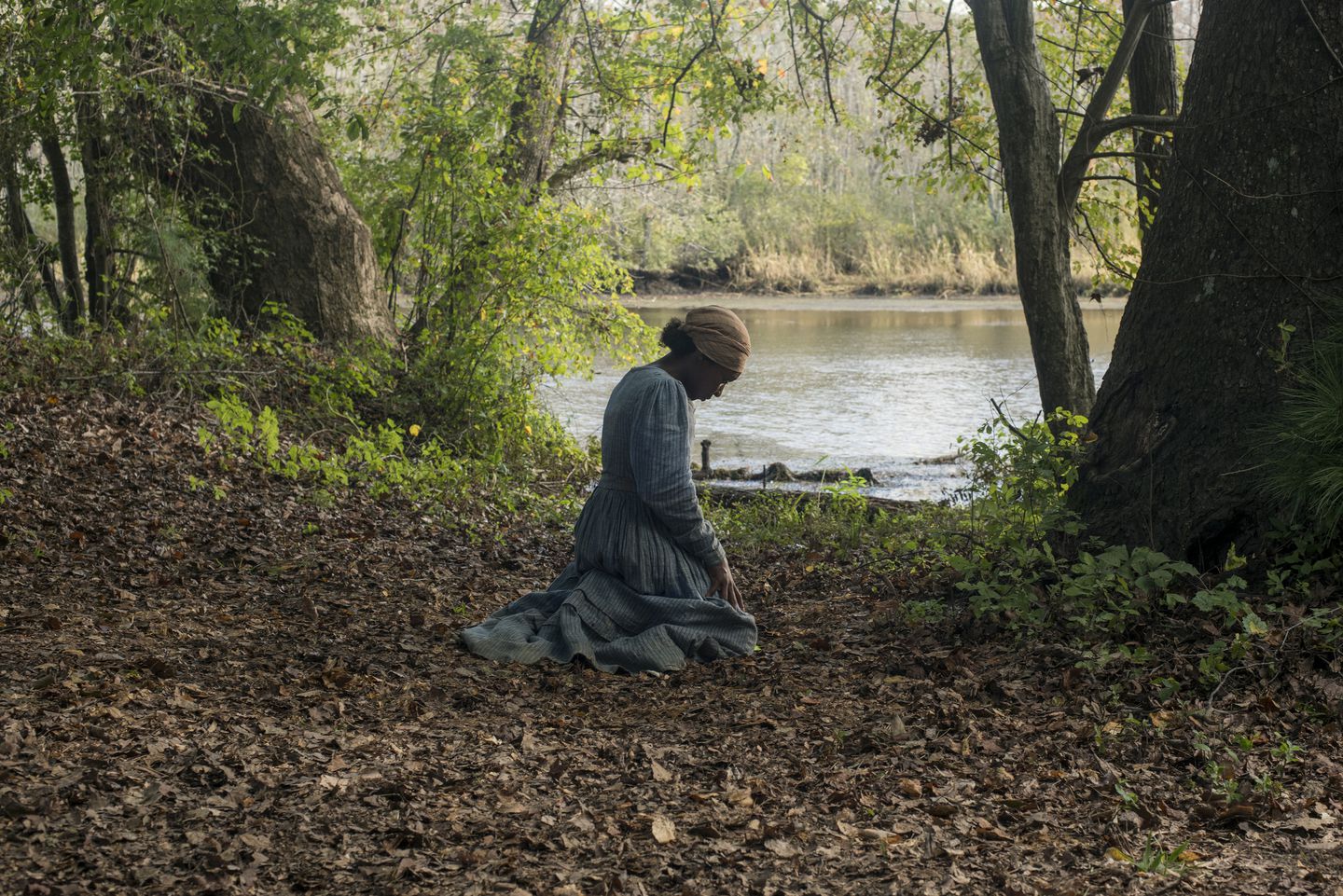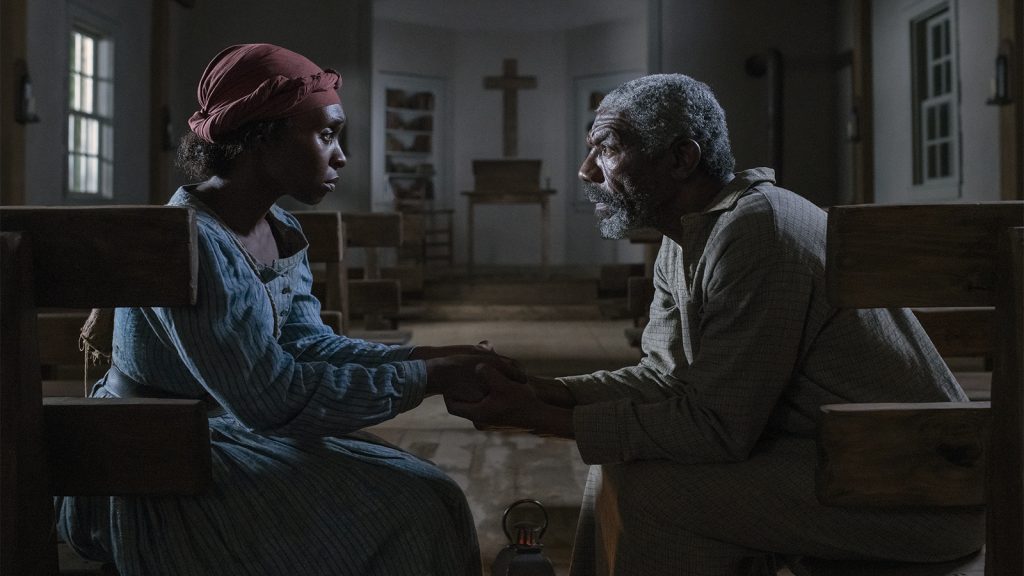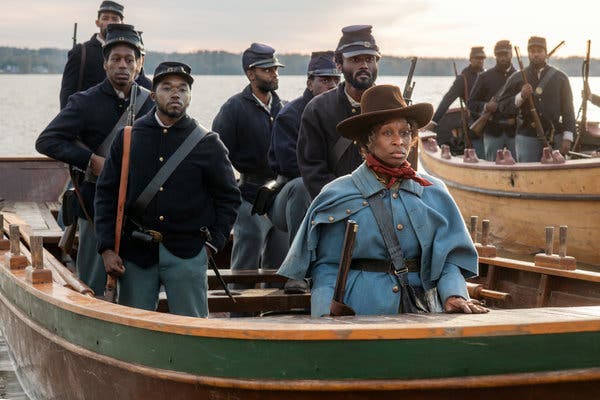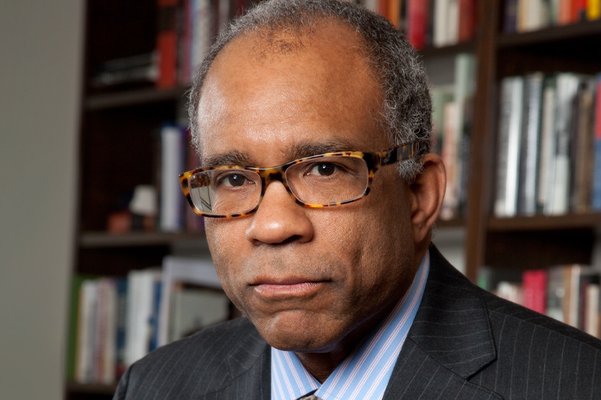Running Away
Teachers might find it helpful to read to the class or to have the class read the following selection. Ask the class to put themselves into Harriet Tubman’s shoes. For a pdf version of what follows to be printed and used as a handout, click here.
Dr. Martin Luther King was, in addition to being a civil rights activist, a scholar. He had a Ph.D. in Divinity and was well-read in philosophy and history. In his book, Where Do We Go from Here? (1967), Dr. King summarized the findings of historian Kenneth Stampp derived from manuals for slave owners in the American South on how to keep psychological control of their slaves. Note that the term “bondsman” is another word for slave.
First, those who manage the slaves had to maintain strict discipline. One master said, “Unconditional submission is the only footing upon which slavery should be placed.” Another said, “The slave must know that his master is to govern absolutely and he is to obey implicitly, that he is never, for a moment, to exercise either his will or judgment in opposition to a positive order.” Second, the masters felt that they had to implant in the bondsman a consciousness of personal inferiority. This sense of inferiority was deliberately extended to his past. The slaveowners were convinced that in order to control the Negoes, the slaves “had to feel that African ancestry tainted them, that their color was a badge of degradation.” The third step in the training process was to awe the slaves with a sense of the masters’ enormous power. It was necessary, various owners said, “to make them stand in fear.” The fourth aspect was the attempt to “persuade the bondsman to take an interest in the master’s enterprise and the accept his standards of good conduct.” Thus the master’s criteria of what was good and true and beautiful were to be accepted unquestioningly by the slaves. The final step, according to Stampp’s documents, was “to impress Negroes with their helplessness: to create in them a habit of perfect dependence on their masters.”
Not all slave owners fully complied with this advice and, as shown by Harriet Tubman’s efforts to enforce the will of a former master giving her freedom through her mother and Harriet Tubman’s escape from slavery, not all slaves allowed themselves to be completely controlled psychologically. However, this background shows some of the difficulties that all fugitive slaves, including Harriet Tubman, had to overcome in their decision to make the break for freedom.
Moreover, the difficulty in making the decision to run was only the beginning of the obstacles faced by fugitive slaves. Harriet Tubman’s experience is summarized in the following passage from Harriet Tubman’s authorized biography, Harriet Tubman: The Moses of Her People, pages 29 – 31 of the 1886 edition.
A slave had heard that Harriet and two of her brothers were to be sold away to the South “very soon, perhaps tomorrow.” At the time, Harriet was between 20 and 25 years old. She and the two brothers decided to make a break for freedom.
The brothers started with her, but [they thought that] the way was strange, the north was far away, and all unknown, the masters would pursue and recapture them, and their fate would be worse than ever before; and so they broke away from her, and bidding her good- bye, they hastened back to the known horrors of slavery, and the dread of that which was worse.
Harriet was now left alone, but after watching the retreating forms of her brothers, she turned her face toward the north, and fixing her eyes on the guiding star, and committing her way unto the Lord, she started again upon her long, lonely journey. . . . For,” said she, ‘‘I had reasoned dis out in my mind; there was one of two things I had a right to, liberty, or death; if I could not have one, I would have de Oder; for no man should take me alive; I should fight for my liberty as long as my strength lasted, and when de time came for me to go, de Lord would let dem take me.”
And so without money, and without friends, she started on through unknown regions; walking by night, hiding by day. . . . Without knowing whom to trust, or how near the pursuers might be, she carefully felt her way, and by her native cunning, or by God given wisdom, she managed to apply to the right people for food, and sometimes for shelter; though often her bed was only the cold ground, and her watchers the stars of night. From Bradford, Moses, 29-31.
Vocabulary of the Underground Railroad:
-
- Station Master – Someone who provided hiding places and food for fugitive slaves on their way to the North or to Canada.
- Abductor – Someone who went into a slave state and escorted slaves to freedom. Harriet Tubman was an abductor.
- Liberty Line – an established route of the Underground Railroad.
- Conductor – Someone who transported or accompanied fugitives slaves from one station of the Underground Railroad to another.
Thomas Garrett – An Example of the Ethical and Humanitarian Resistance to Slavery
Sarah Bradford recounts the following about Thomas Garrett, the white Quaker who allowed his home to be used as a station on the Underground Railroad and aided in the escape of 2,500 to 3,000 slaves. After Harriet Tubman’s escape Garret was one of the Station Masters of the UGRR with whom she worked when she returned to Maryland to lead members of her family and other slaves to freedom. Bradford, p. 44 -46; Clinton, pp. 90- 92, 114.
-
- He was tried twice for assisting in the escape of fugitive slaves, and was fined so heavily that everything he possessed was taken from him and sold pay the fine. At the age of sixty he was left without a penny, but he went bravely to work, and in some measure regained his fortune; all the time aiding, in every way possible, all stray fugitives who applied to him for help.
- Again he was arrested, tried, and heavily fined, and as the Judge of the United States District Court pronounced the sentence, he said, in a solemn manner: “Garrett, let this be a lesson to you, not to interfere hereafter with the cause of justice, by helping off runaway Negroes.”
- The old man, who had stood to receive his sentence, here raised his head, and fixing his eyes on “the Court,” he said, “Judge-thee hasn’t left me a dollar, but I wish to say to thee, and to all in this court room, that if anyone knows of a fugitive who wants a shelter, and a friend, send him to Thomas Garrett, and he will befriend him! Bradford, footnote at pp. 53 & 54.




